Trip of a Drip
Students will experience an immersive watershed program focused on local patterns of weather, climate, hydrology and land usage. This program introduces the concept of a watershed and explores the interconnections between human activity, watershed health, and the plant and animal communities in the Rouge River watershed.
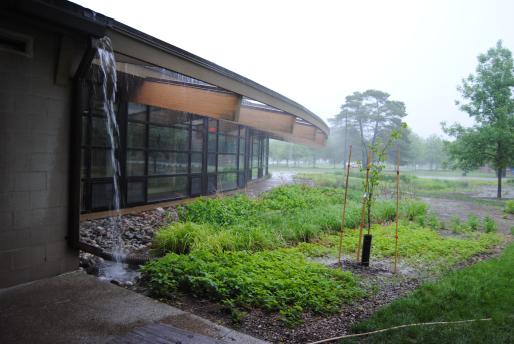
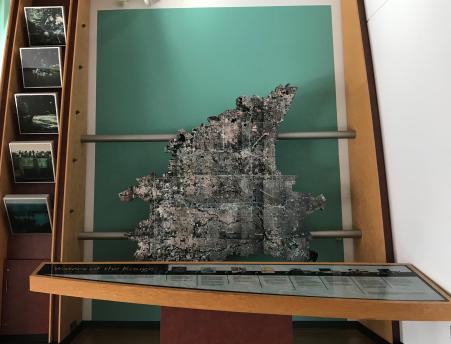
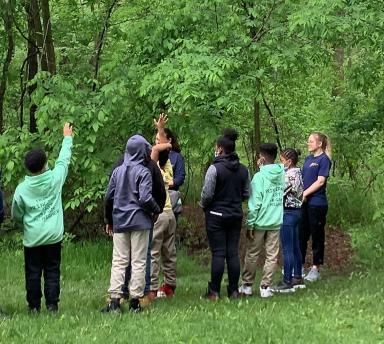
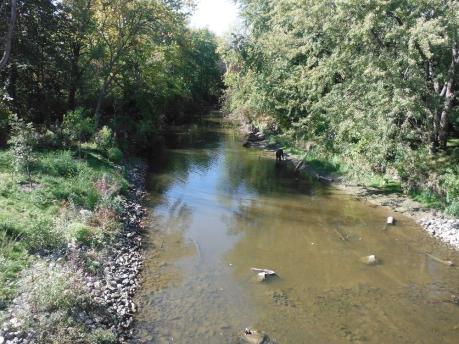
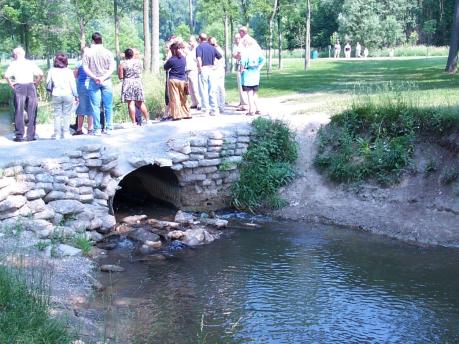
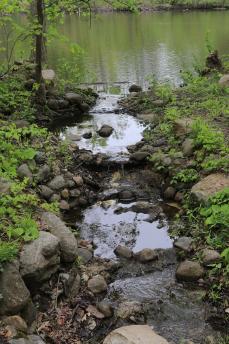
Grade Levels, Program Length, and Season
- Appropriate for Grade Levels 5-12
- This program lasts 2 hours and can be adapted to suit your group. Most programs involve an outdoor walk, but an all-indoor program is available.
- The program is offered year-round
Program Description and Activities:
Your students will be engaged in a multifaceted program experience that may include:
- Using a large, interactive satellite image of the Rouge River Watershed to discuss and explore a brief history of the watershed from: glacial formation, use by Native Americans, advent of industrialization, and current management plans.
- Viewing several exciting multimedia videos including “Trip of a Drip,” “Welcome to the Watershed,” which provide a greater depth of knowledge and understanding of the Rouge River Watershed and our connections to it.
- Using interactive computer applications such as Google Earth to explore and discuss the impacts of various land features and human activities on the watershed.
- Making connections between the everyday decisions we make as individuals and communities and our impacts on the health of the Rouge River watershed.
- Using an interactive “meander table” to explore the meanings of meanders in rivers, and the effects of straightening part of the Rouge River at the concrete channel.
- Using topographic maps on a guided walk from the street level to the Rouge River to trace the path of water runoff in surface and storm drains, and over both permeable and impervious surfaces.
- Observe and discuss how impervious surfaces impact the ecological quality of the Rouge River more than any other factor.
- Exploring a real 'rain garden' outside the Center, and discussing how both small and large rain garden spaces can reduce runoff volumes sent directly to the Rouge through storm drains, while also increasing biological diversity in the watershed.
- Observe the banks of the Rouge River to look for evidence of erosion and deposition and make qualitative stream assessments.
